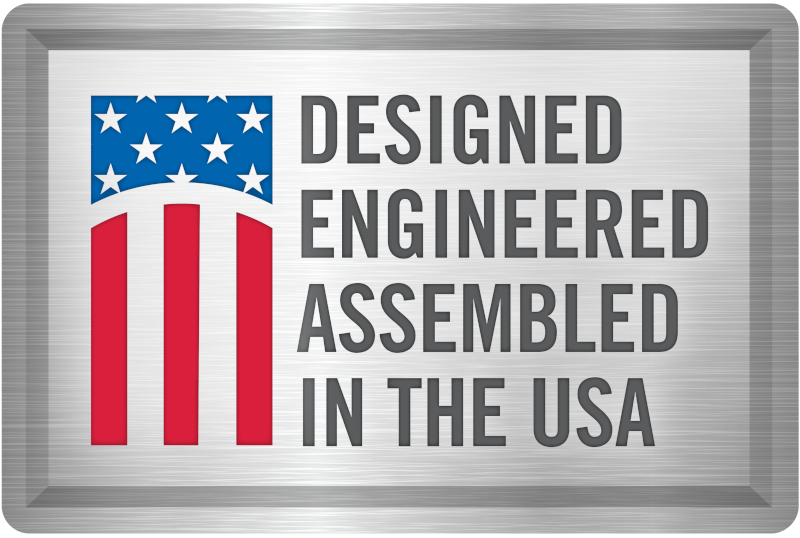Meeting Air Quality Standards
To meet air quality standards each cubic foot of air needs to be replenished 6 times an hour. (ASHRAE)
1hr x 6 cycles x 8,100 cu ft1 = 48,600 cu ft of air/hr circulating in the classroom.
Contaminants in the Air
- Cleaning Product O-Gassing
- Volatile Organic Compounds
- Carpet and Tile Chemicals
- Combustion Gases
- Dust Mites
- Asbestos
- Viruses
- Molds
Minimum occupancy standard
A recent study concluded 18 students and 1 teacher must have 900 sq ft in an average elementary school classroom and 1,216 sq ft for secondary schools.
Indoor air pollution
Is 2x to 5x higher than outdoor levels.
Open windows
Provide 1/10th the ventilation effectiveness to that of a proper HVAC system.
Air filter requirements
The standard recommended rating for air filters is MERV 13 or higher. Many school HVAC systems will need to be upgraded to operate effectively at this level.
SCHOOLS WITHOUT UPGRADED HVAC PAY A PRICE
- Over 1/3 of US schools aren’t fully equipped with HVAC (heating, ventilation, and air conditioning) systems.
- More than 50% of schools in the US have reported poor IAQ (indoor air quality).
- Multiple studies have found a link between indoor air quality and absences due to illnesses like asthma and other health issues, as well as students’ cognitive functioning
HVAC NEEDS UPGRADING IN MANY US SCHOOLS
- 41% of school districts need to fully update their HVAC systems. This equates to 36,000 schools across the US.
FRESHER AIR – SHARPER MINDS
Ventilation affects cognitive function: an increase in CO2 (a proxy for ventilation) and PM2.5 (atmospheric particulate matter) in classrooms lowers learning
response times and accuracy among students.
Studies have shown that students in classrooms with higher outdoor ventilation rates (VRs) score 14% to 15% higher on SATs compared to students in classrooms with lower ventilation rates.
SCHOOL DAZE: THE IMPACT OF HUMIDITY
- In a study that looked at the impacts of extreme indoor temperatures, at relative humidity of 70%, there was a significant decrease in the accuracy
of cognitive tests when indoor temperatures reached around 79°F to 102°F. - However, when the relative humidity decreased from 70% to 50%, the accuracy of cognitive tests increased significantly.
HEALTH IS WEALTH: THE BENEFITS OF BETTER VENTILATION
Better ventilation doesn’t just improve student health, but fewer absences also boost funding for schools in certain states like California. Increases in ventilation rates of up to around 43 CFM per individual enhance IAQ and have found to reduce the prevalence of “sick building syndrome” symptoms among students.


